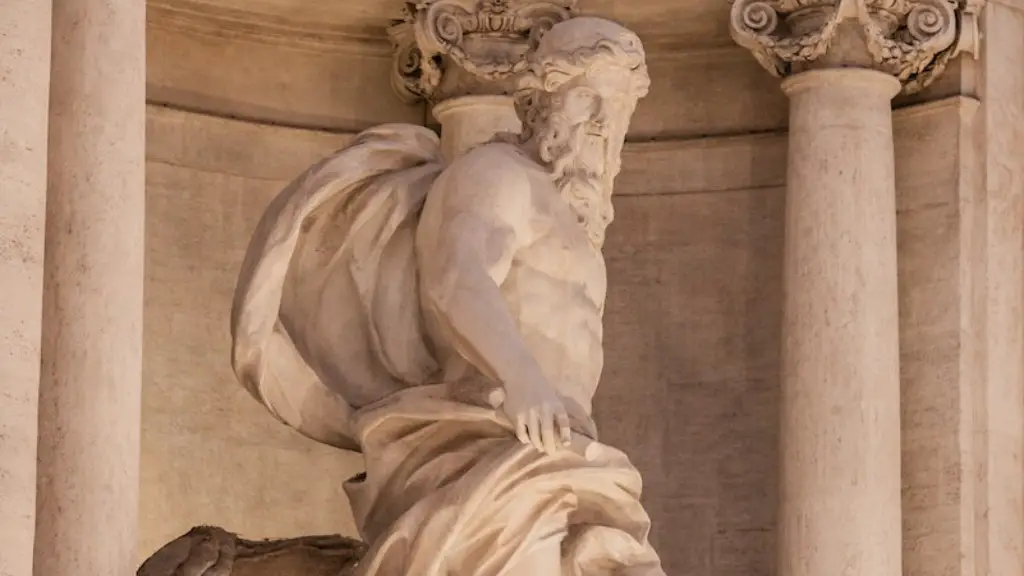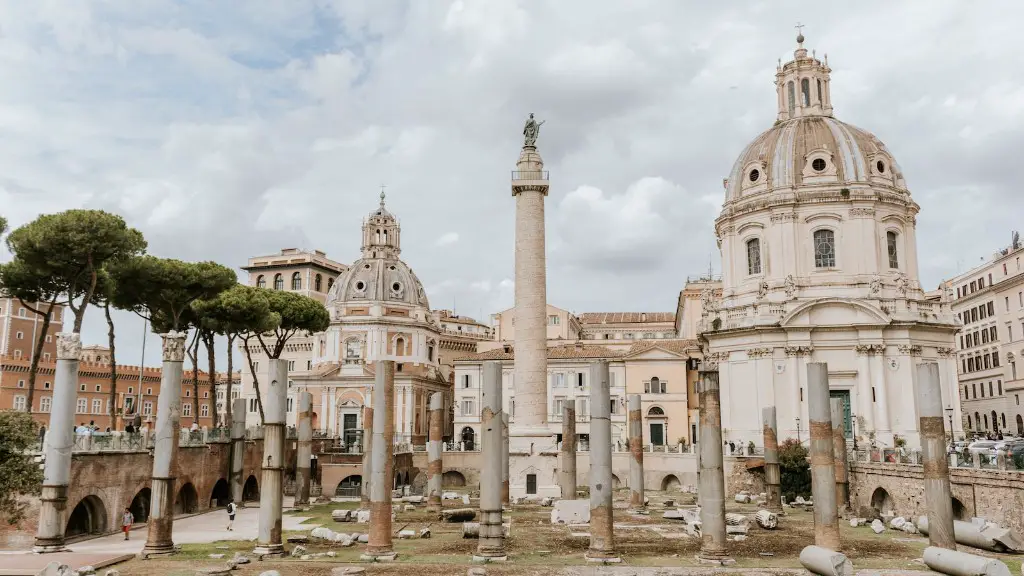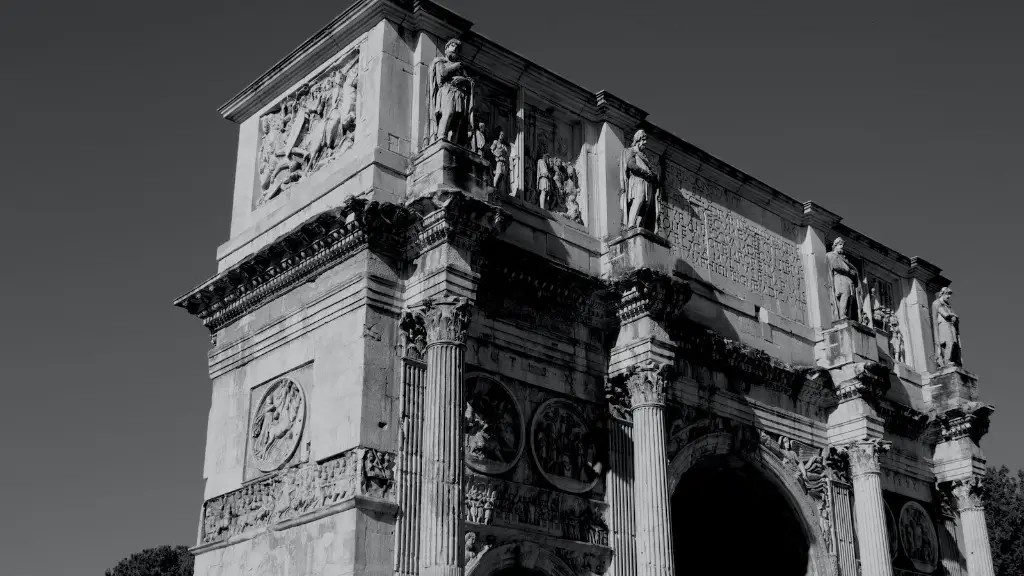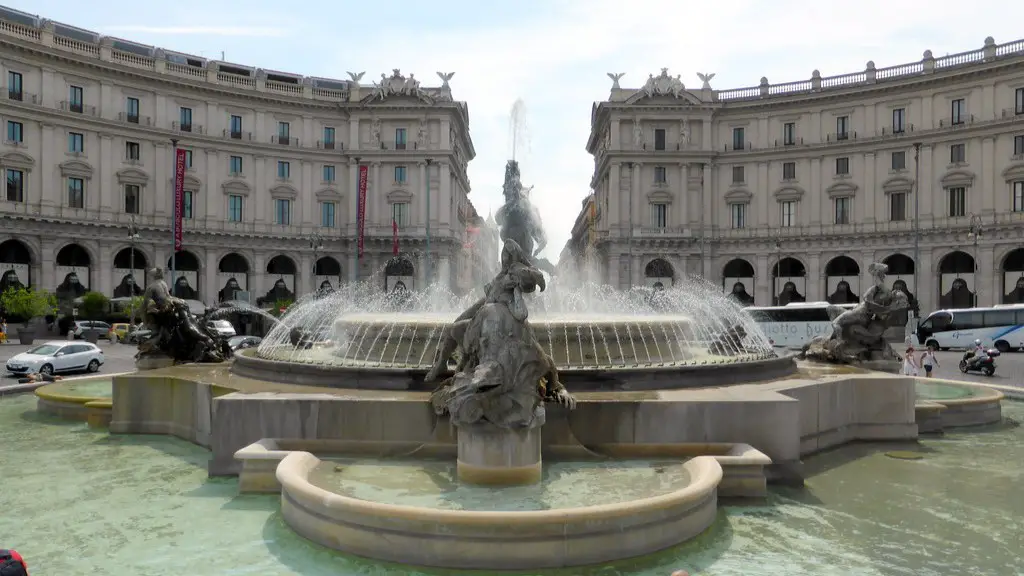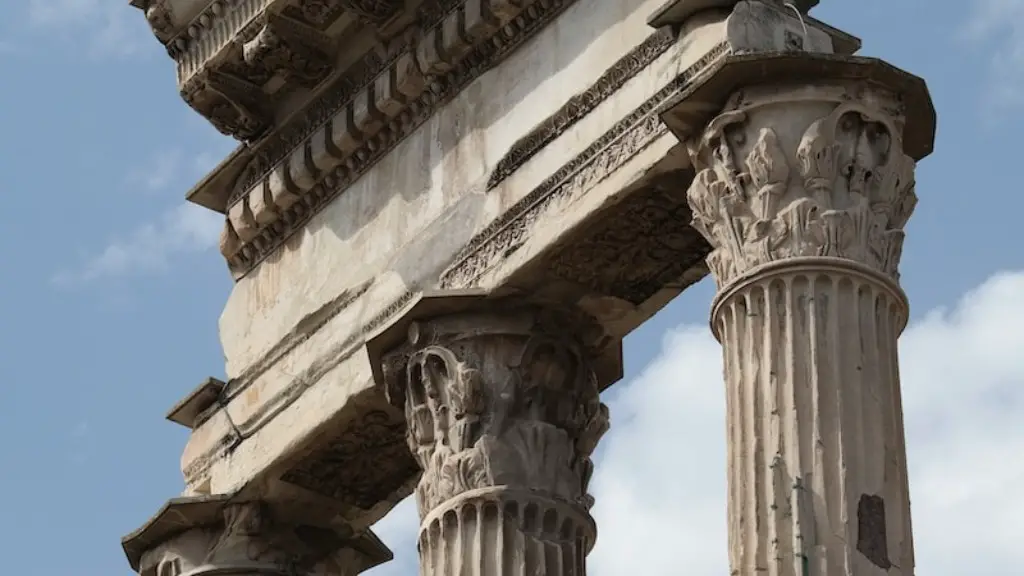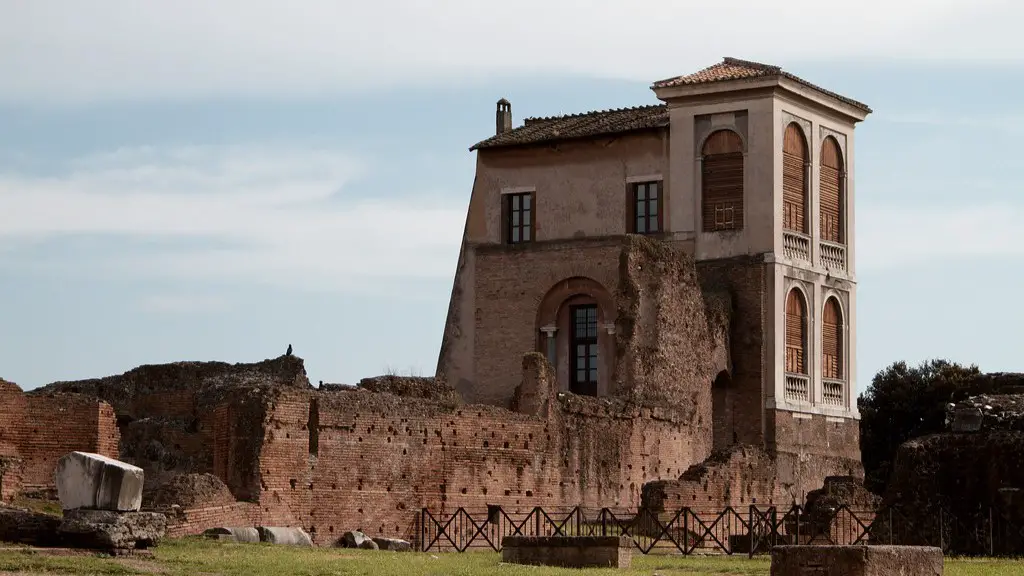Where was the Ancient Rome located?
One of the most prominent ancient empires in the world was the Roman Empire. It existed more than 2000 years ago, and still, nowadays, it keeps impacting the world and the people. That’s why we ask, Where was the ancient Rome located?.
Rome was a city on the Tiber river in western central Italy. According to researchers and archeologists, it is said that in 753 B.C. a group of Indo-Europeans led by Romulus, who was the legendary founder of the city, made its first settlement in the area.
Rome was known for its transformative culture, political advances and its engineering and Science achievements. But in particular, for its location between central Europe and the Mediterranean Sea. This was a major advantage for Rome, because it allowed them to stay connected to one of the central customs and trade routes of the world.
But, not just its geographical advantages, but what makes Rome even more special is its place in history. From the Punic Wars and the Coliseum to Julius Caesar and Augustus, Rome has been at the center of many great events throughout the centuries.
By the first century B.C., Rome had become one of the largest powers of the ancient world and a major influence in the Mediterranean. The city was known as the “Eternal City” because Rome had achieved a level of permanence that is rarely seen in history. From their expansion in Europe and Northern Africa to their deep roots in Latin culture and language, Rome changed Europe and the world around them.
Rome was not just one of the most important cities in the ancient world, but it has also become a symbol of grandeur, power and resilience. Its importance is still present nowadays for it has kept significant influences in countries, cultures, and societies all around Europe. After knowing Where was the Ancient Rome located, one can start to appreciate and understand its great impact.
Early Rome
Rome’s city center was the Forum, a place where politics, commerce and religion intertwined.The Forum was surrounded by some of Rome’s major public buildings and monuments. On the Capitoline Hill, the ancient Temple of Jupiter occupies the highest point of the city and became the symbol of the city.
Romans were great innovators in engineering and architecture and had created spectacular monuments like the Colosseum, the Pantheon, the Circus Maximus and the Templum Pacis. The Circus Maximus was a sprawling arena with vast spectator seats and a big track running along the center. It was the biggest venue for chariot races in antiquity. On the other hand, at the Pantheon, the Pantheon’s dome was the largest enclosed space in the world for nearly two thousand years.
Ancient Rome also played a major role in the development of public works and infrastructure. Rome’s roads covered three-hundred thousand miles, linking the far reaches of the Empire to the capital. The city was filled with bridges, aqueducts, temples and baths. One of the most important engineering feats in the city was the Cloaca Maxima water drainage network. This network was essential for the stability and health of the Empire.
Ancient Rome possessed a highly advanced and complex government system. It was divided into two classes: the patricians, who were the upper class, and the plebeians, who were the lower class. All of these classes, in a very organized and noble political system, were republics, recognizing the power of the people.
Rome was an incredibly unique, complex and influential culture. For most of its long history, it was still a property based society, occupied by citizens and slaves. The citizens of ancient Rome were divided into four classes by wealth and status.
Roman Technology and Science
The development of Roman technology enabled them to build things of a higher complexity with unprecedented speed. In the field of engineering, some of the most impressive monuments built by the Romans include aqueducts, bridges, and the Colosseum.
In addition to engineering, Romans also made advancements in science with the development of agricultural and medical technology. During the agricultural revolution, the Romans developed new methods of farming that allowed them to grow more crops and cultivate larger tracts of land.
In the medical field, Roman doctors developed a variety of new treatments, from herbal remedies to surgeries. Roman doctors were also famous for their anatomical knowledge and were the first to widely disseminate this information in written form.
Aside from medicine, Roman scientists also made discoveries in mathematics and astronomy. They developed their own system of numerals, which was the predecessor to the modern numeral system. They also made great advanced in astronomy, thanks to their advanced observation methods.
By the end of the Roman period, there were several forms of new media, with books being the most widespread form of communication. Romans also used mosaics and sculptures to convey stories and ideas. The invention of the codex, a text written on multiple pages, also allowed them to store more information in less space.
Roman Law and Religion
Rome was the first country to begin forming its own legal system, evolving over time with the help of jurists such as Cicero, Ulpianus and Papinianus. Building off of Greek concepts of reciprocity and natural law, Roman society developed new legal codes, such as the Twelve Tables, which are believed to have been written during the 8th century BCE.
A major factor in Ancient Rome was religion, which played a large role in everyday life. The Roman pantheon consisted of approximately 12 gods, and the Romans believed that these gods had the power to control their fate. In order to remain in the gods’ favor, the Roman people would honor them with regular sacrifices and rituals.
Roman religion also played a role in their political and social life. State religion was seen as a source of unity and stability amongst citizens, as shared beliefs and ceremonies built a sense of national pride. State sanctioned festivals acted as markers of the passage of time, while cults and mystery religions served as a place to explore spiritual ideas.
Religious practices also influenced the development of the Roman legal system. Many rituals were held in order to maintain harmony with the gods, so that one could have a safe journey in the afterlife. Beliefs such as these able the Romans to develop laws that maintain social order in the face of wild nature.
Rome’s Legacy
Rome has had a lasting impact on the world and its legacy is still felt today. Its political system, its laws, its engineering feats and its culture have been a source of inspiration for many generations.
Latin is still the official language of the Vatican, and large parts of Europe were part of the Roman Empire, with some countries still using the Roman alphabet and Roman laws. Rome’s art and architecture, from the Colosseum to the Pantheon, are still seen as some of the most impressive ever created.
Rome’s impact is not just limited to the West, however. Along with Arabic, the spread of Latin, Greco-Roman philosophy, literature, and science has allowed the West to form connections with other cultures, and has in turn allowed other cultures to influence the West.
Because of Rome’s lasting legacy and its far-reaching influence, it is one of the most studied civilizations of all time. Scholars and researchers still pour over its writings and monuments, looking for secrets and new insights on one of the most influential civilizations of all time.
Roman Culture
Roman culture was deeply entrenched in all aspects of life. From the way they dressed and talked to the way they ate and entertain, Roman culture was pervasive throughout their empire. Roman art, literature, and architecture were major contributors to their culture.
Roman art often took the form of sculpture, painting, and mosaics. Roman literature included epic poems, plays, and history, while Roman architecture was known for its imposing and artistic buildings. The Colosseum, the Pantheon and the Baths of Caracalla are all examples of the grandeur and magnificence of Roman architecture.
The Roman sport of gladiatorial combat was popular in many parts of their empire. It was a form of entertainment for the masses, and gladiators were held in high regard by the public. Roman plays, or “pantomime,” were also popular. This form of entertainment involved music, dance, and drama, and often drew audiences from across the empire.
Romans were also notable for their food, which was often cooked with a variety of herbs, spices, and vegetables. Common Roman dishes included shrimp, figs, salted fish, olives, chestnuts, mushrooms and pomegranates. The Roman taste for shellfish, such as oysters, mussels, and clams, has been particularly influential in modern cuisine around the world.
Rome was a remarkable place with a remarkable culture, and it is no wonder why it had such a lasting impact on the world. Its legacies are still felt today, and it will likely continue to influence cultures around the world for centuries to come.
